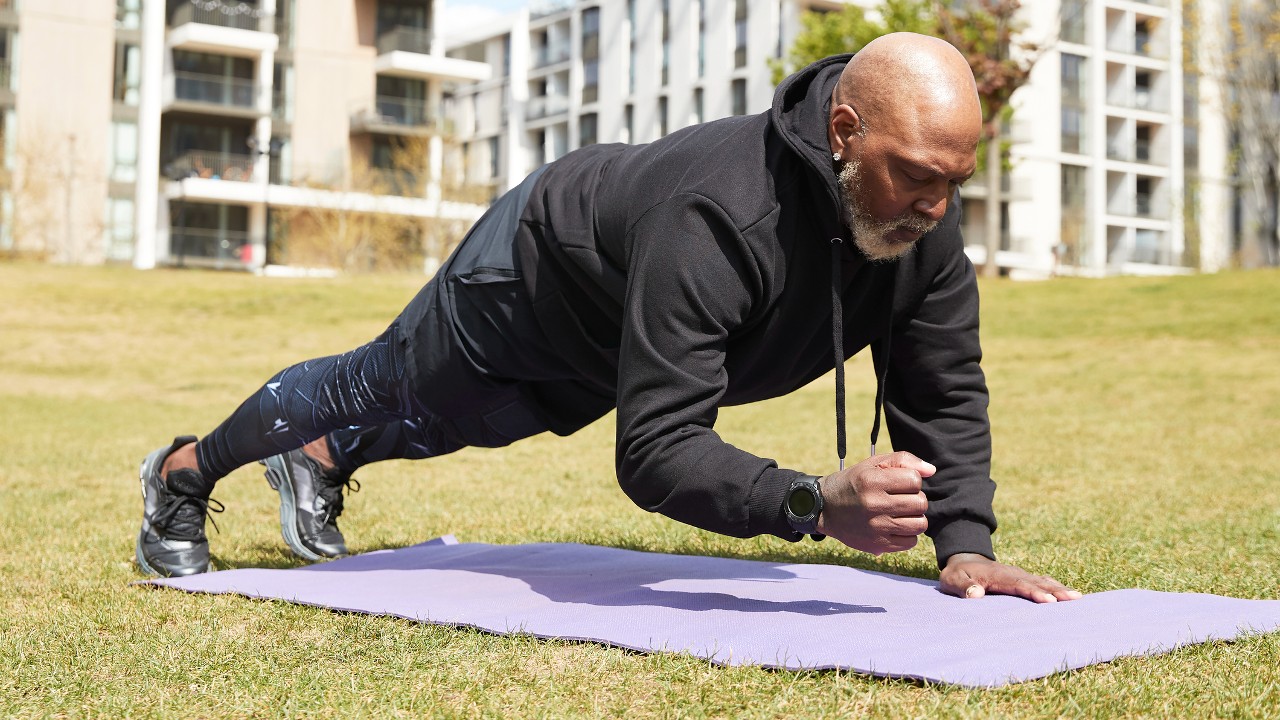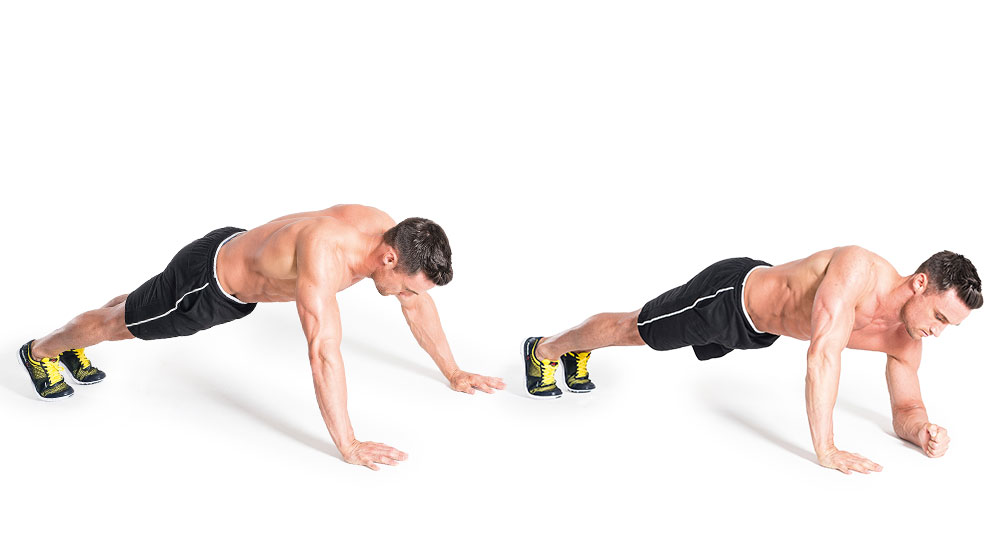How To Do The Walking Plank
The walking plank, otherwise known as the alternating hand plank, adds a stern upper body test

The plank is an endlessly variable exercise, which is good, because the classic version is about as boring as an exercise can be, even if you spend the entire time thinking about how much good you’re doing your core.
Tiny tweaks are all that’s required for you to get more out of your average plank. For instance, flip yourself 90° to challenge your obliques with the side plank. The walking plank, also called the commando plank, alternating hand plank or plank up-down by some, might sound like a major change, but in reality just adds a little movement up and down. Despite this minimal variance, you should find it considerably harder to pull off than the standard plank when done correctly – and it shakes things up enough to stave off boredom.
Benefits Of The Walking Plank
The challenge to your core of a plank is well known, and adding in the movements only increases how hard your core has to work to keep you stable. You’ll also hit your shoulder, chest and arm muscles, and by pushing up one arm at a time a weaker side can’t rely on the stronger side to carry it.
How To Do The Walking Plank

Start in a prone plank position, resting on your forearms with your body forming a straight line from shoulders to feet. Then push up from the ground, one arm at a time, into the elevated press-up position, all while maintaining your rigid plank form.
At first, keep your movements measured, it’ll make the move all the harder and ensure you don’t get sloppy and start sagging in the middle. Rather than aiming for a set amount of reps, shoot for a minute’s worth of the walking plank.
Walking Plank Variations
Jacking up the challenge of the walking plank is as simple as holding both the plank and press-up positions for 10 to 30 seconds during the exercise. This isn’t for the faint-hearted. Another way to make things harder is to add in three to five press-ups before moving back to the plank position.
It’s also easy to make the walking plank easier. Dropping onto your knees and then carrying on as normal will reduce the strain but still ensure your upper body gets a comprehensive workout.
Get the Coach Newsletter
Sign up for workout ideas, training advice, reviews of the latest gear and more.
If you feel cheated that this plank “walk” involves no movement from your feet, you might prefer the lateral plank walk. Start in a press-up position, then move your left hand across your right, stepping out with your right foot. Then move your right hand and left foot so you are back in a press-up position. That counts as one shuffle. Keep moving laterally, with your core braced correctly at all times, until you reach 10 shuffles.

Nick Harris-Fry is a journalist who has been covering health and fitness since 2015. Nick is an avid runner, covering 70-110km a week, which gives him ample opportunity to test a wide range of running shoes and running gear. He is also the chief tester for fitness trackers and running watches, treadmills and exercise bikes, and workout headphones.









